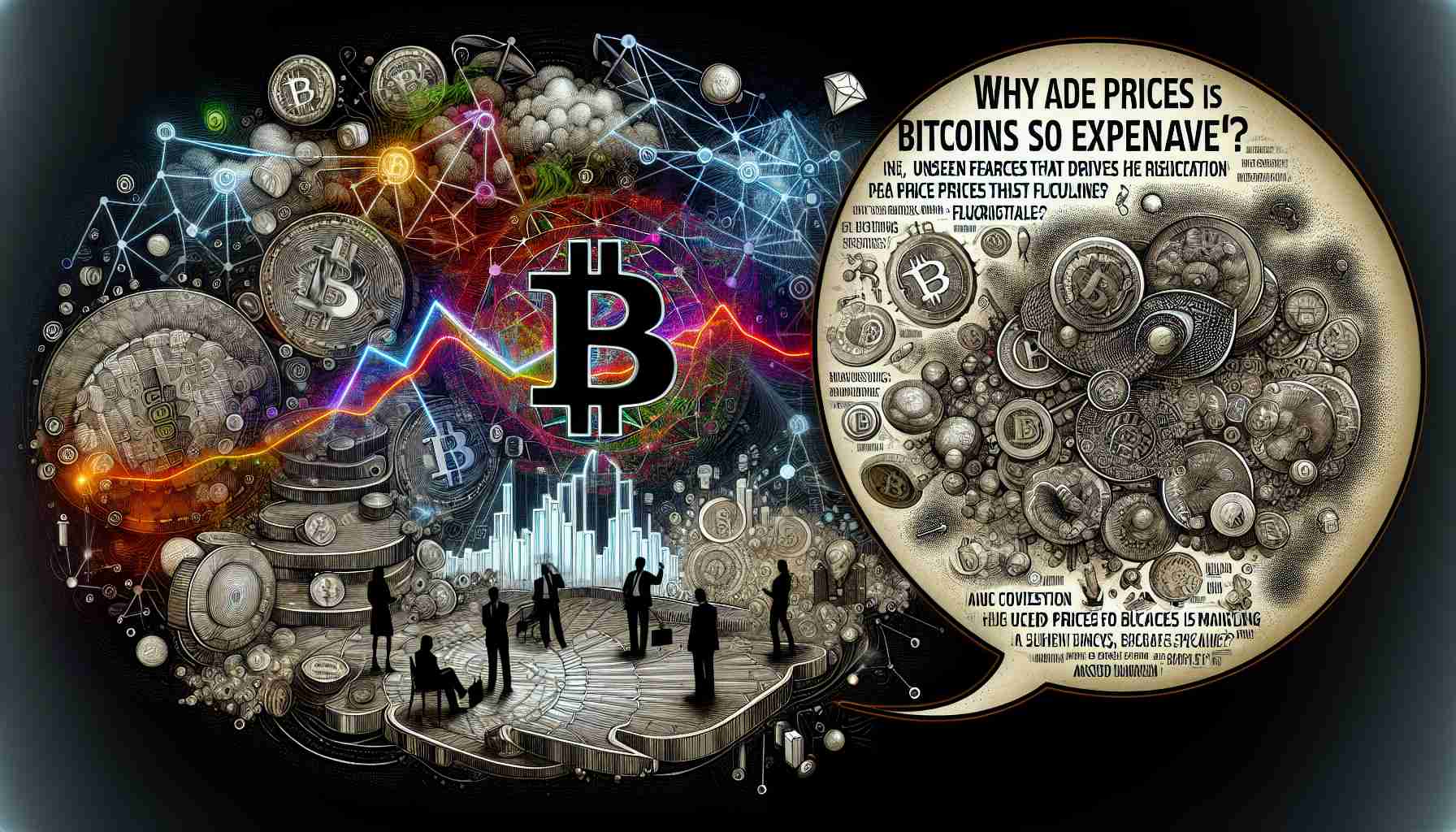Bitcoin’s journey from an obscure digital curiosity to a financial powerhouse has left many wondering why its value skyrockets to jaw-dropping levels. Understanding this phenomenon requires examining several key factors.
Firstly, scarcity is a fundamental aspect influencing Bitcoin’s price. Unlike traditional currencies, Bitcoin has a capped supply of 21 million coins. This scarcity, akin to precious metals like gold, creates a sense of exclusivity and demand. As more investors, both individual and institutional, seek to own a piece of this limited pie, prices naturally rise.
Secondly, demand and adoption play a crucial role. Bitcoin’s adoption by mainstream financial institutions and companies has legitimized its place in the global economy. As its use in transactions, investments, and as a hedge against currency devaluation increases, so does its value. This growth in demand is further fueled by global economic uncertainties, as people search for safe-haven assets.
Additionally, market sentiment and media influence significantly affect Bitcoin’s price. Positive news coverage, endorsements from influential figures, and the promise of cutting-edge blockchain technology can lead to speculative buying frenzies, driving prices to soaring heights.
Finally, technological and regulatory developments impact Bitcoin’s price. Advances in underlying technology, such as the Lightning Network for faster transactions, or favorable regulatory news can enhance its value proposition, while negative developments can lead to volatility.
In conclusion, Bitcoin’s high price is a result of complex interplay between limited supply, growing demand, market dynamics, and technological advancements. Understanding these elements provides insight into its value and the potential future it holds in the financial landscape.
Why Bitcoin’s Skyrocketing Price is Both a Boon and a Curse
Bitcoin’s meteoric rise not only intrigues investors, but also has profound implications for societies and economies. The high valuation of Bitcoin affects different stakeholders in various ways, painting a complex picture of its influence and raising critical questions.
One intriguing aspect is Bitcoin’s role in economic empowerment. In countries facing currency instability, individuals find refuge in Bitcoin, preserving value that might otherwise be lost. Yet, the same volatility that promises high returns can prove disastrous; sudden drops can erase savings overnight, posing a risk to financial security.
Amid these dynamics, a central question emerges: Why are Bitcoins so expensive? The answer lies in its perceived store of value. Bitcoin is often compared to digital gold, serving as a hedge against inflation and economic turbulence. As global tensions rise and traditional market dynamics shift, Bitcoin seems a viable investment alternative.
However, this leads to potential market instability. The lack of regulation and the sheer volatility pose challenges, making Bitcoin an unreliable store of value for some and a speculative bubble for others. Furthermore, the environmental concerns associated with Bitcoin mining question its sustainability. The energy consumption for validating transactions is monumental, threatening environmental goals and sparking debate.
Yet, Bitcoin’s allure remains undeniable. For those looking to delve deeper, explore Bitcoin.org for comprehensive insights into its ecosystem. Additionally, tracking economic impacts on Investopedia could enrich understanding.
In considering Bitcoin, it’s essential to weigh its advantages—financial independence, inflation hedge—against its downsides: volatility, environmental impact, and potential regulatory challenges. Understanding these factors helps navigate the landscape and make informed decisions on its place in global economics.
















